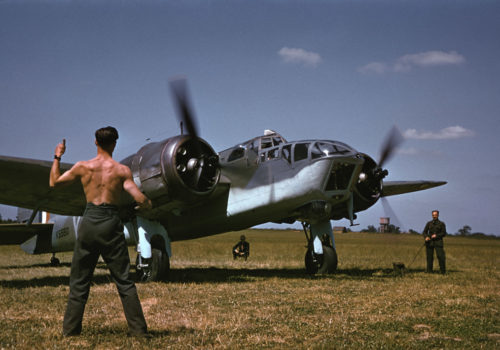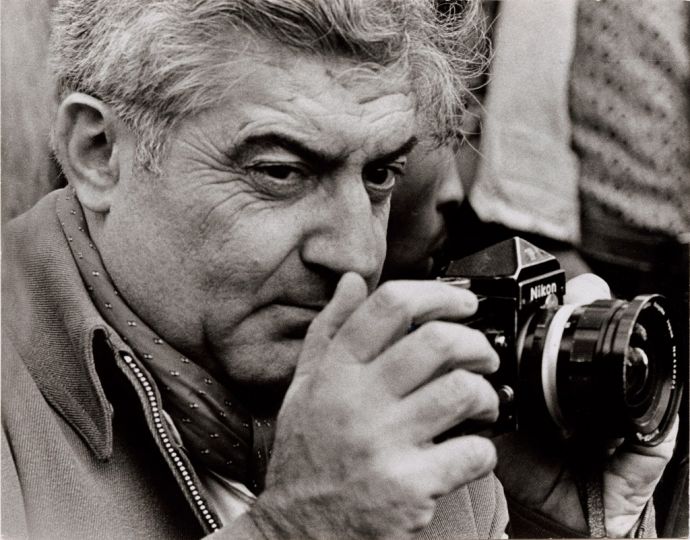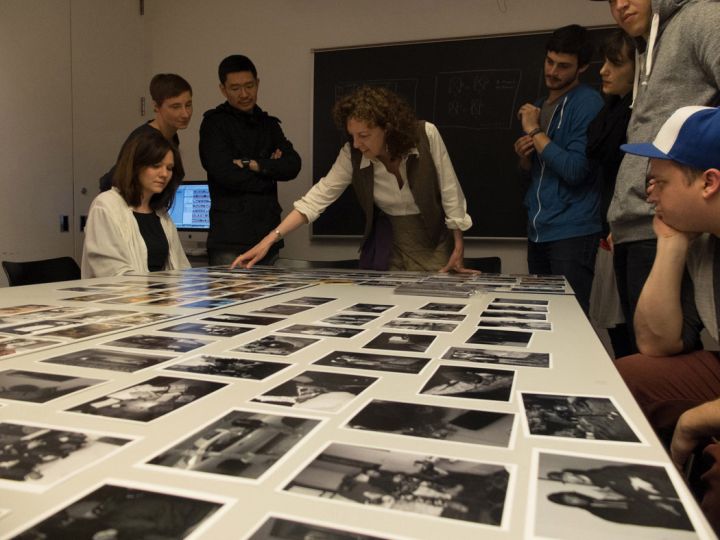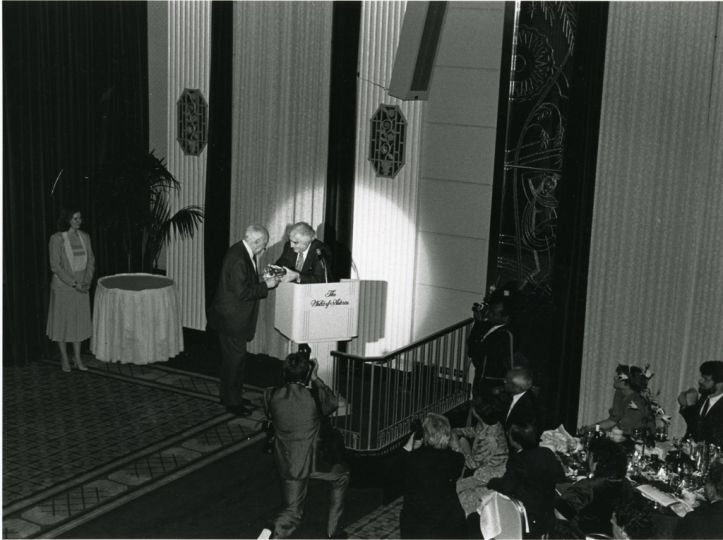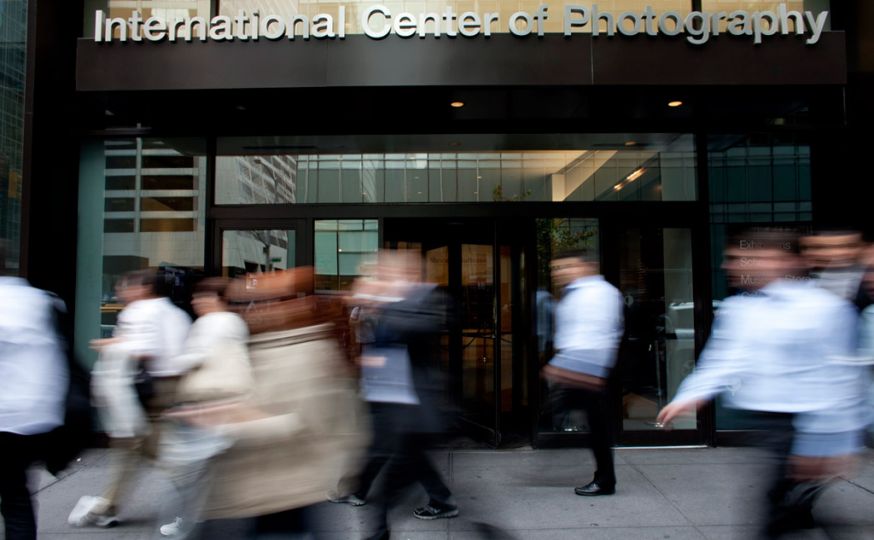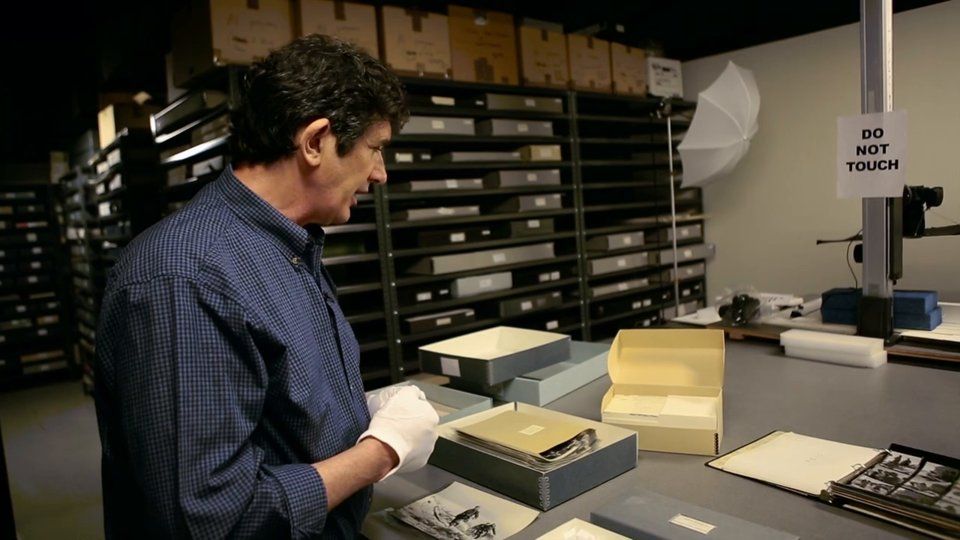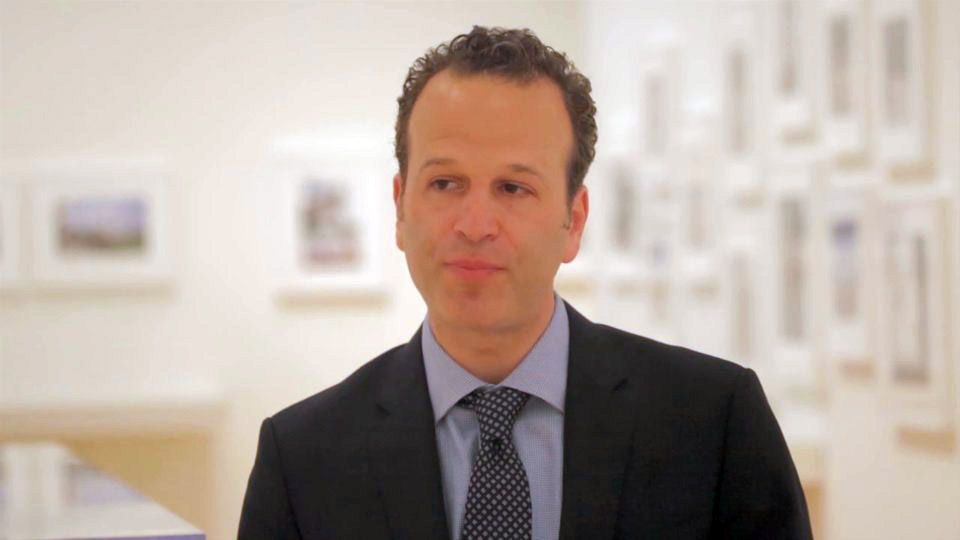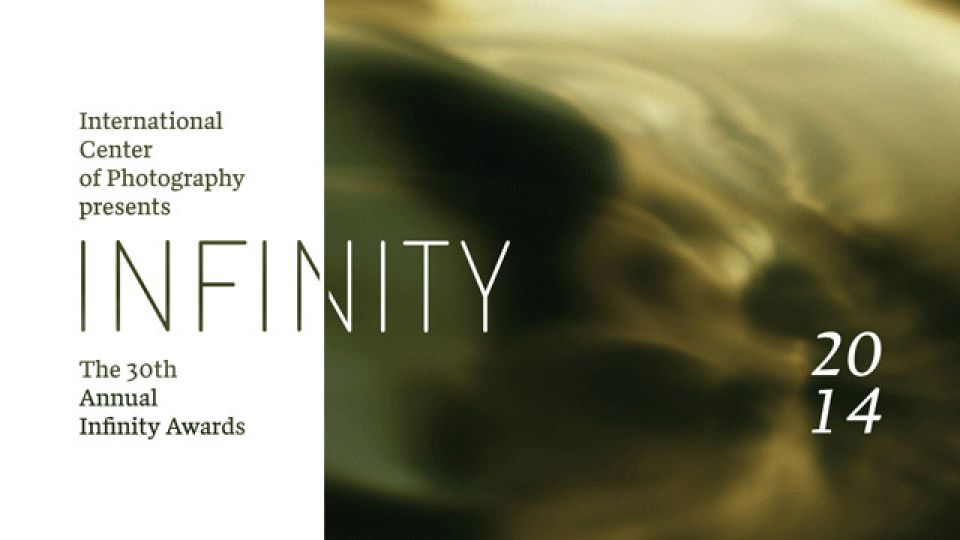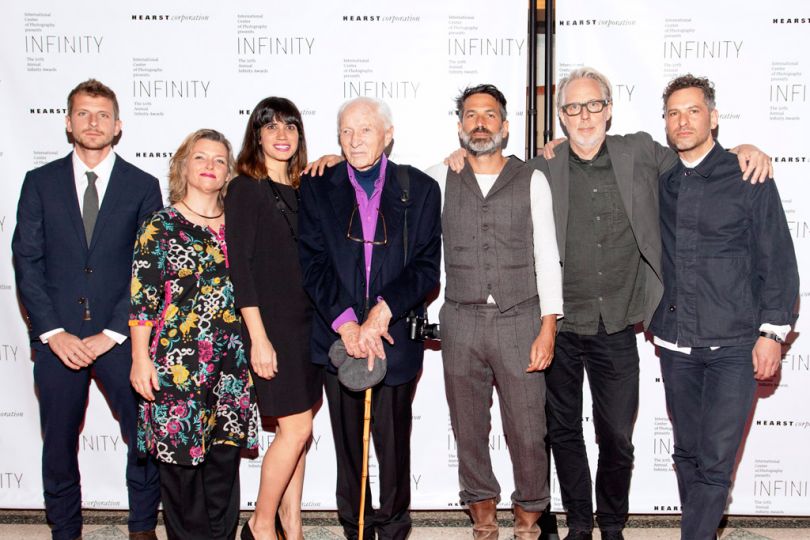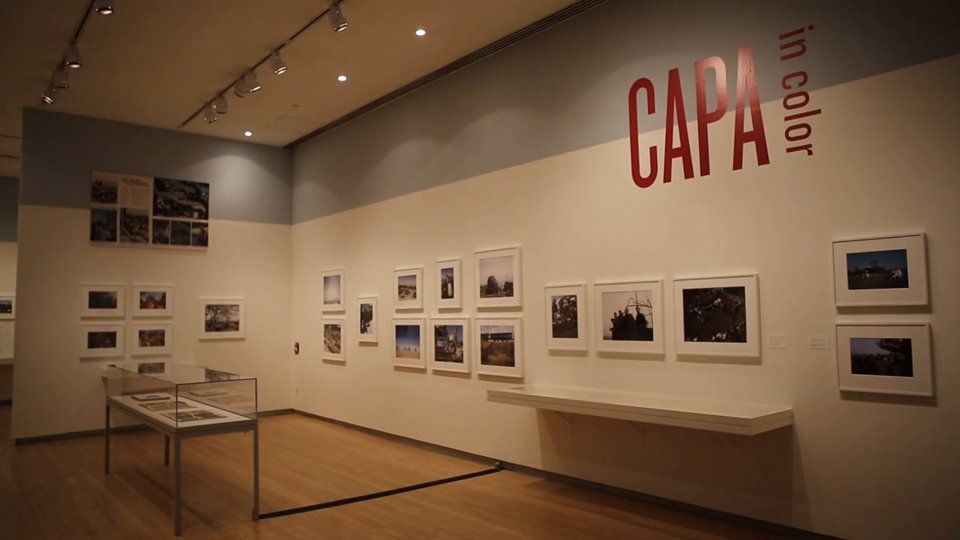Laurence Cornet : Can we start with a little bit of background about the history of the collection of the International Center of Photography?
Brian Wallis: One of the things that impressed me is how Cornell Capa conceived the collection since the beginning as being the central part of his organization. It was aimed to provide a place for photographers to meet, to study and to exhibit their work, but also for the preservation of photographers’ work. That was really crucial to him, partly of course because he was the estate executor of his brother’s archive. And he was concerned not only about what happened to the prints, but even more importantly about the preservation of the negatives. This was the root from which other things developed.
From the beginning, he conceptualized a collection at ICP that would preserve the life work of photographers. At roughly the same time than Robert Capa was killed, in 1953, Werner Bischof died, then his close friend Chim too, so the question of preservation was really present in Cornell Capa’s mind from the mid 50s to the mid 70’s, when ICP was actually founded. It was his desire not only to make exhibitions, which he did very actively, but to make that material available to the public. This was kind of a bold thought in the 50’s and 60’s, when photography was not well appreciated in major museums and nobody was thinking of preserving large archive of photographic material. The Museum of Modern Art, for instance, repeatedly turned down the offer of donation of Atget’s archive until the late 60’s, when they finally acquired the Abbott/Levy collection!
LC : Robert Capa and Cornell Capa material really is at the heart of the ICP collection and the idea of collecting and preserving photographers archive is one of the institution’s founding conception. Can you give us an overview of the collection?
BW: The collection is over 150 000 pictures and other printed objects. The main thread is photojournalism and documentary photography between World War I and II, so approximately from 1920 to the 1950’s.
We have a fantastic collection of photos, negatives and printed material, we have magazines from the 30’s when photojournalists just started to appear. This is really the founding period of European and North American photojournalism, which is our greatest strength.
Our interests have their anchor in cultural history, and that includes looking at really recent photography that encourages social change – which was also one of the main concerns of Cornell Capa. We have a great collection of Concerned Photography and in the last decade or so, we have also expanded the perimeter of the collection backwards to the beginning of photography and forward to the present. We now have some material related to the late 19thcentury and at the same time, we have tried to build out the collection with various contemporary photographers such as Zoe Strauss and Christer Stromholm.
LC : You also expanded the collection with materials that are not in ICP primary field of interest. I am thinking for instance about the archive of David Seidner – a fashion photographer whose archive was acquired by ICP in 2009.
BW: We are interested in how photography functions socially and culturally, how it encourages political change more than aesthetic change so the developments have been to look at and to try to collect so called vernacular photography. This includes all the forms of photography related to a social need: commercial photography, portrait photography, fashion photography, all these instrumental forms of photography that are not encouraged by collections of Fine Art photography. That is how David Seidner came into the collection. At the occasion of this acquisition in 2009, we did a whole year of exhibitions devoted to fashion photography.
Then another direction has been to expand the geographic boundaries of the collection. Though it was predominantly focused on North American and European photography we have done in the past decade a series of exhibitions focusing on international photography from Asia, Africa and other non Western locations. In 2011 for instance, we made an exhibition about Hiroshima that included approximately 60 contact prints drawn from an archive of more than 700 photographs in the collection.
LC : The challenge is then to make this extensive collection available to the public. You have a few resources online, and your collection is also available to researchers and the students of the ICP School. How do you envision the connection with a broad public?
BW: Collections of photography are facing a key moment with the advent of digital photography and digitalization. On one hand it has enabled museums to digitalize their collection and to connect with a broad public. On the other hand, we are facing a dramatic backwards to analog photographers who are dying or coming to the end of their work. It is a real concern for collections of photography, wether it’s in a library, a museum or any other historical institution. There is this huge repositories of physical photographic material that exists out there and doesn’t have a logical home. I think that will provoke a crisis in some years.
At the same time, there is a really vast, vast amount of material that is now coming online and is available to the most casual researcher. This is a fantastic resource bound to change our ideas about photography and how it functions. It is in the agenda of the curators to interpret the collection in relation to critical ideas around photography. About 75 % of the exhibitions include material from our collection. That is unusual! That is not a prerogative but we use the collection very actively. Our focus over the next several years is not only digitizing and putting our collection online but also doing research and interpretation on this material.
LC : This is what you offered with the color photographs of Robert Capa – you rediscovered them only recently and made them available to the public with a book and an exhibition that is still on view until May 4.
BW: That is a really good example. This exhibition, despite its very historical subject matter, is very contemporary because we have never either explored this material or been able to present it. These were just boxes of 35 mm slides and nobody had looked at them over 50 years. Furthermore, there was no way to present it to the public: we could not exhibit slides, and in many cases the color had shifted. It was really up to digital technology to make possible a way of color correcting these images and printing them so that they would be viewed easily.
That’s a very good example of how digital technologies have given access to material that was not previously available. And in the case of Robert Capa, it really changed the perception of this major photographer’s work. Only half of his life work was previously available to us until then, so we now have a completely different picture of the man! About ten years ago, Cornell Capa and Richard Whelan published a collection of 937 pictures of Robert Capa that they chose as the definitive representation of his work, and none of them is in color!(1) The current exhibition gives us a very different view of Robert Capa, other than the dark black and white war photographer. And in fact there were many facets to his life and work!
LC : In an attempt to reinterpret your collection, you are also engaged in sharing it with other institutions, as it was the case for the Weegee exhibition, that was later exhibited at FoMU, in Belgium. In some cases, you also combine your material with other collections.
BW: That is what we did with the Roman Vishniac collection and the United States Holocaust Memorial Museum. We share our visual collection and have access to their intellectual resources and specialists. We have developed with them a shared digital database of the Vishniac holdings at ICP that includes for instance field studies, as well the Jewish settlement that Vishniac photographed during World War II. Combining resources offer another opportunity to explore our archive and to connect it to the public. We try to acquire works and to develop the collection along those lines.
(1) “Robert Capa: The Definitive Collection”, Richard Whelan, Phaidon Press, 2014.

